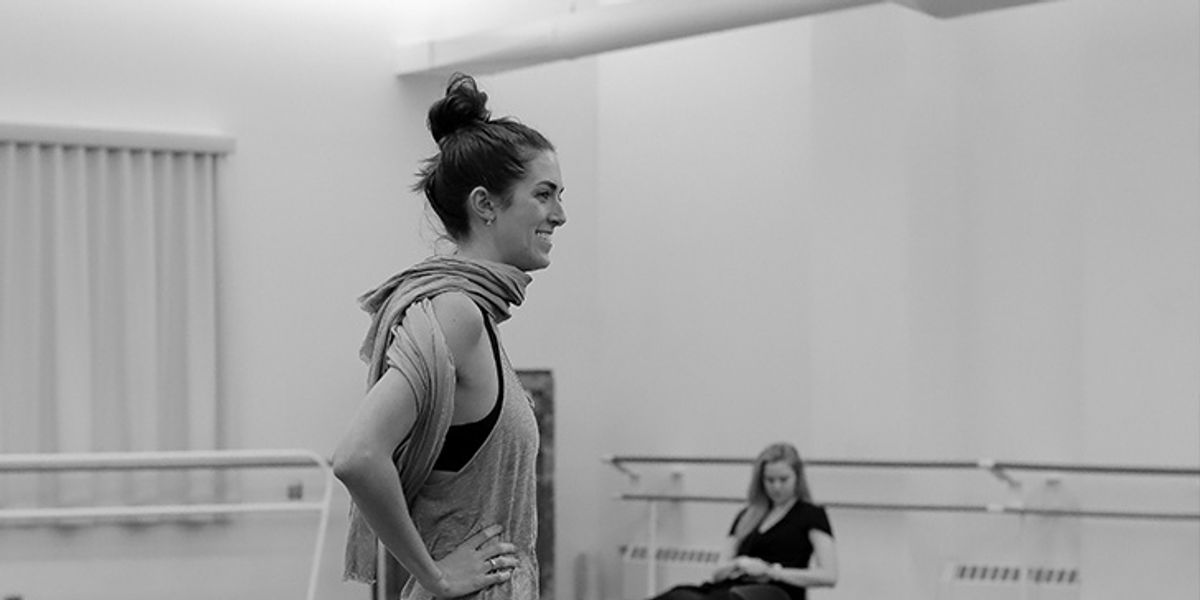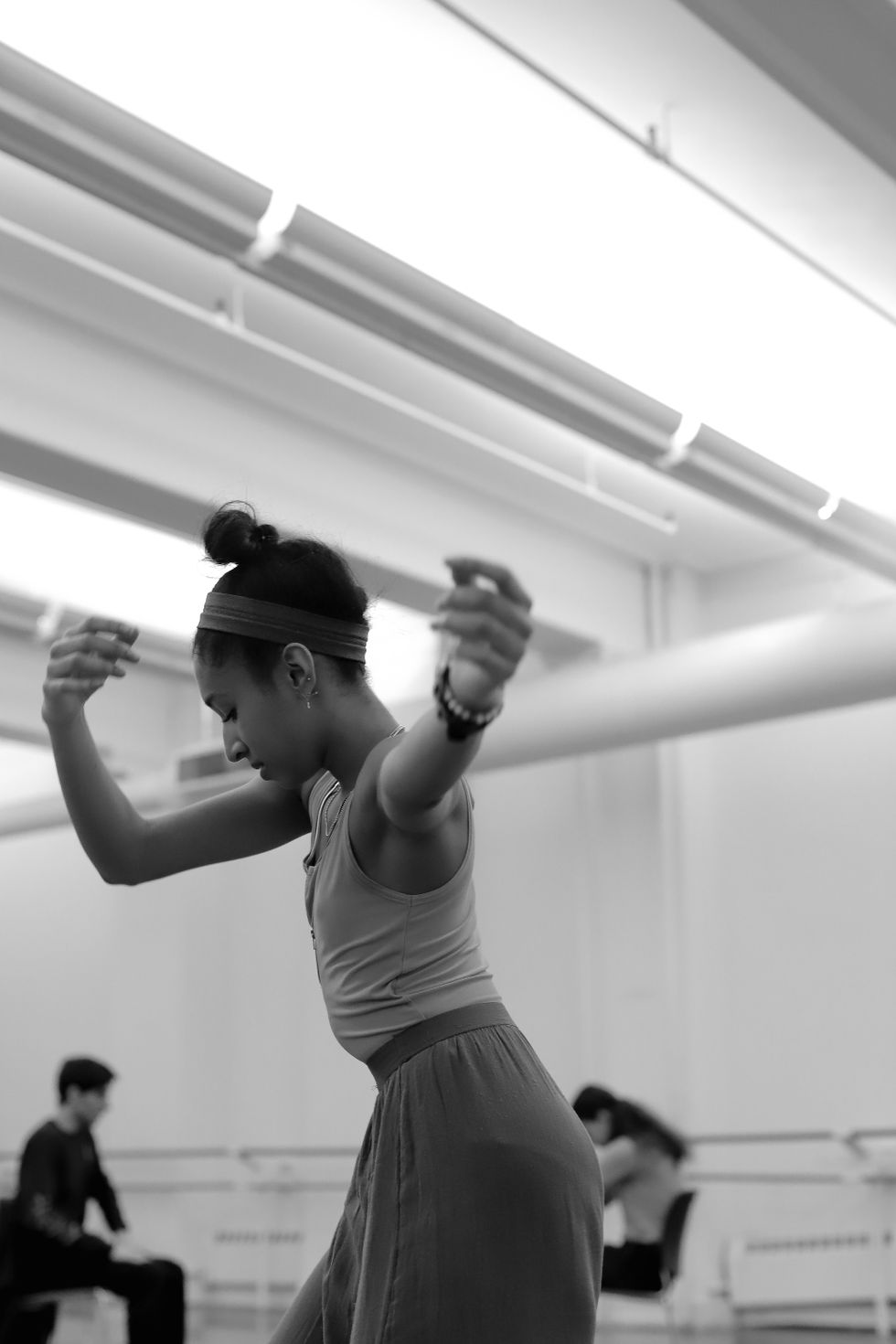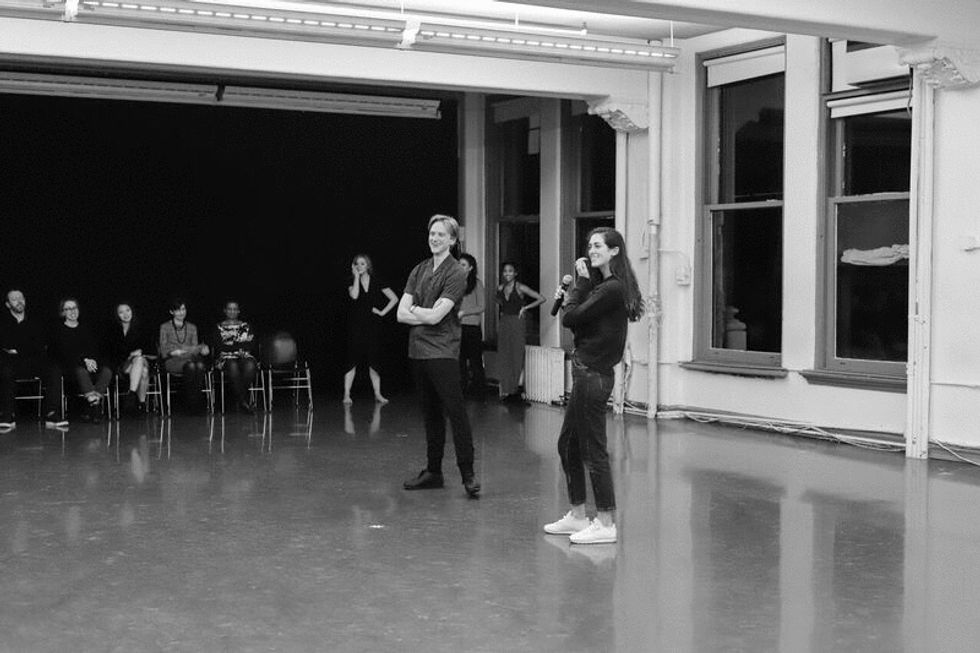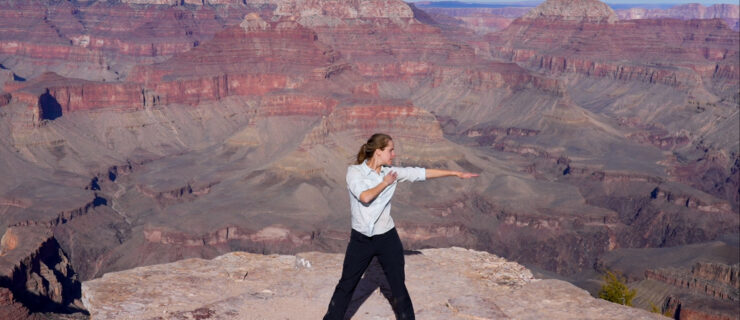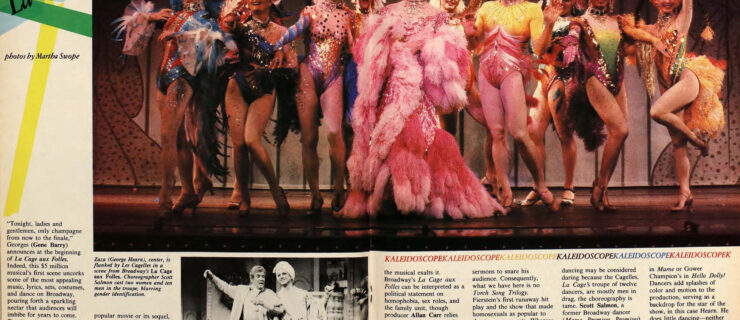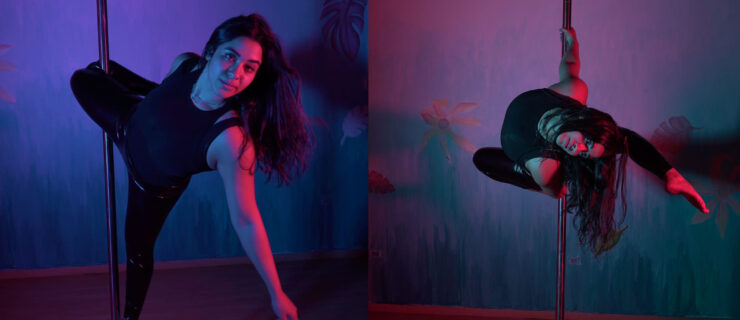What This DM Editor Learned From Choreographing on ABT Dancers
“Is everyone okay?” was my most used sentence during my time with American Ballet Theatre. There I was, leading world-class ABT dancers through my own choreographic process. I knew that it was unlike anything they’d ever experienced, but I think half of the time I was asking that question, it was really directed to myself.
ABT Incubator
is a two-week choreographic program created by principal dancer David Hallberg. Supported by The Howard Hughes Corporation, this process-oriented lab gave me and four other choreographers the opportunity to generate ideas for the work we have been inspired to create.
Auditioning for a panel of pros
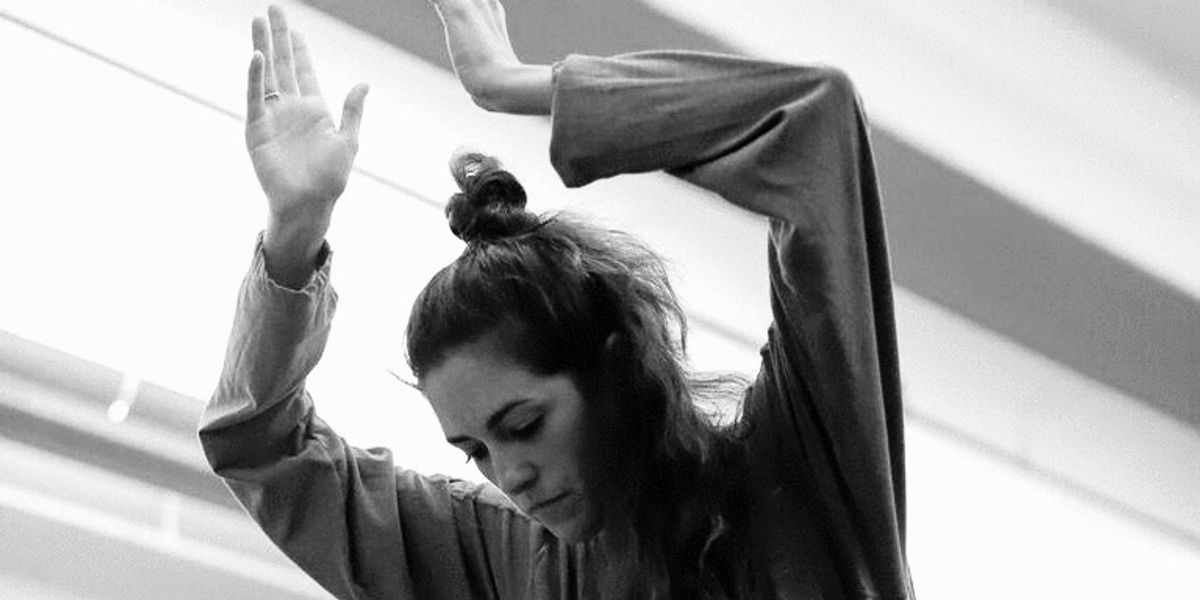 I don’t think I’ve ever been at an audition where the panel seemed genuinely happy to be there. Photo by JJ Geiger, Courtesy ABT Incubator.
I don’t think I’ve ever been at an audition where the panel seemed genuinely happy to be there. Photo by JJ Geiger, Courtesy ABT Incubator.
At the audition, David came into the room where I waited anxiously with the seven other selected choreographers and gave us the warmest welcome. One by one we performed a short excerpt of our work and spoke to the panel, including Jessica Lang, Lar Lubovich, Judy Hussie-Taylor and Kevin McKenzie, about our inspiration and goals for the workshop. I don’t think I’ve ever seen a panel so genuinely happy to be there—a testament, I quickly learned, to ABT’s welcoming company culture.
I couldn’t have asked for a more relaxed, inviting and open environment. Even though I was invited to the second round based on video footage sent in, I wasn’t sure how they would react in person to my movement. But I made a promise to myself to be authentic to the work I intended to create—which wasn’t exactly ballet.
I applied to ABT Incubator because I had a choreographic itch I hadn’t been able to scratch. A friend introduced me to Sarah Ruhl’s Eurydice, and it resonated with me on a level so profound I knew the only way I would be able to grapple with it fully would be to explore it through movement. I was specifically interested in the theme of re-education presented in the play: how people are constantly remembering and reconstructing important moments in their lives.
Entering the unknown
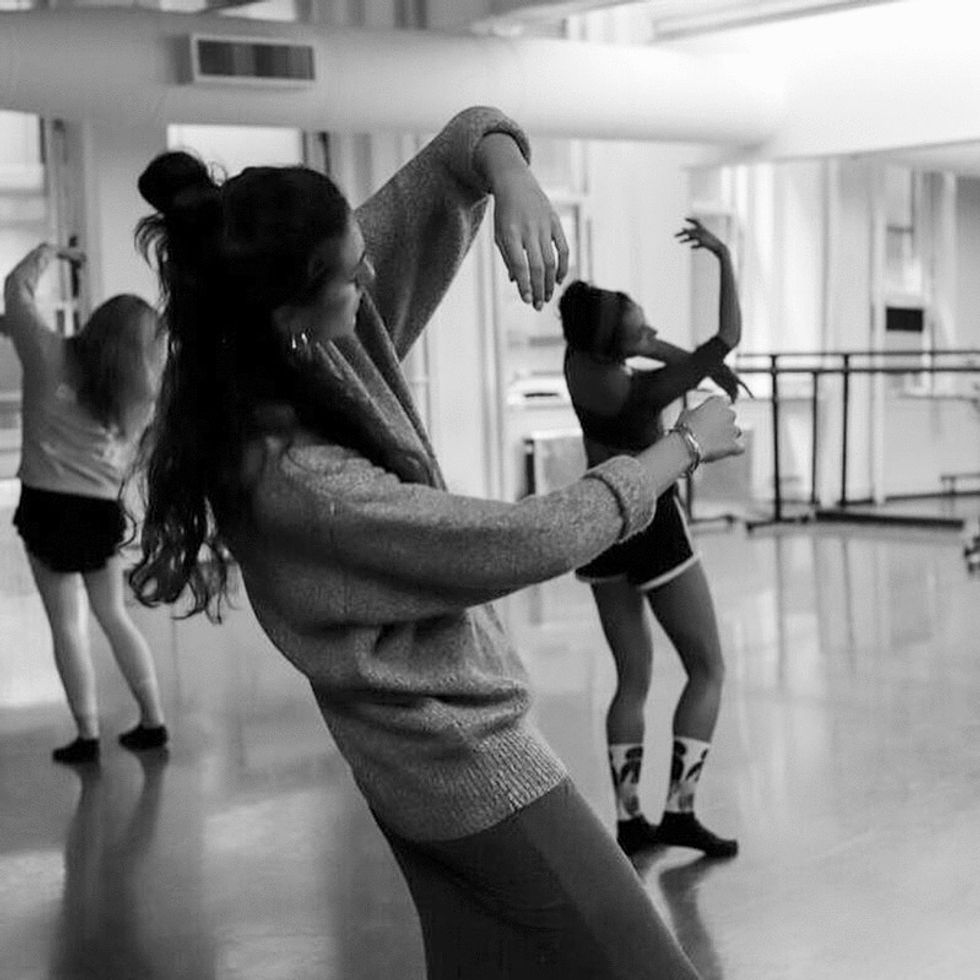 It was important for me to let my dancers know their thoughts and opinions were valued in the creative process. Photo by JJ Geiger, Courtesy ABT Incubator.
It was important for me to let my dancers know their thoughts and opinions were valued in the creative process. Photo by JJ Geiger, Courtesy ABT Incubator.
I’ve spent the past five years alone in the dance studios of New York City choreographing on myself. In that time I’ve had a lot of internal conversations, exploring my own body and the ways that feel the most natural for me to move. So when given a group of ABT dancers—Erica Lall, Kiely Groenewegen, Luis Ribagorda and Virginia Lensi—to choreograph on, it felt like a bit of a culture shock.
My process is collaborative, a culmination of task-based exercises I’ve collected from working with other dancemakers that I feel most authentically generate movement. I wrote quotes from Eurydice on note cards and asked the dancers to interpret them; some chose to develop abstract phrases while other took a more literal approach. Later on, I asked them to write a letter to someone they love and someone they can’t love (something Orpheus does for Eurydice throughout Ruhl’s play), then asked them to interpret one through movement. At first, these tasks seemed foreign to them. But throughout the entire process we kept a dialogue going and went into each rehearsal with an open mind. They all expressed early on in the workshop that they weren’t used to working collaboratively. But they were excited about the opportunity to bring their own ideas to rehearsal.
Every day, I brought Eurydice, The Sentient Archive (a wonderful collection of essays on bodies, performance and memory) and Florence Welch‘s Useless Magic (just for fun) and encouraged the dancers to refer back to those books if they ever felt removed from the work we were doing. I was pleasantly surprised when they asked to take the books home.
Finding a groove
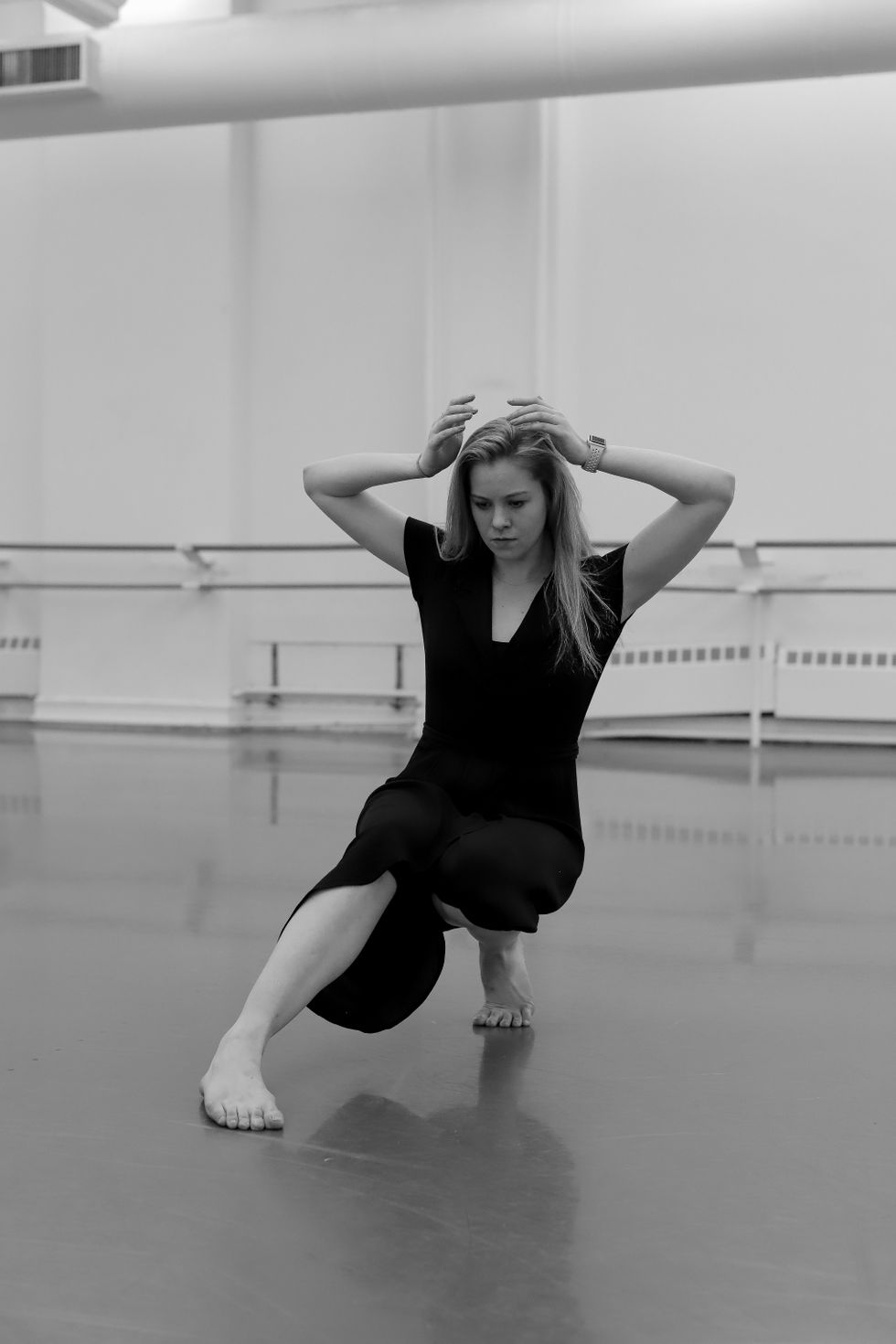 Photo of Kiely Groenewegen in rehearsal by JJ Geiger, Courtesy ABT Incubator.
Photo of Kiely Groenewegen in rehearsal by JJ Geiger, Courtesy ABT Incubator.
After I let go of that doubt, things seemed to really click for us in rehearsal, and I started to feel like it truly was a collaboration of ideas. The dancers were excited more and more each day, and eager to reconstruct the movement in different ways based on the task at hand. When I finally gave them choreography, they approached it with humanity, which was my goal from the beginning.
I was also being wildly inspired by the resources that David and the ABT Incubator team provided. I took class with the company each morning and attended events that they arranged for us, like a rehearsal of Sasha Waltz & Guests at BAM, a performance from Lucinda Childs and a tour of Judson Dance Theater: The Work Is Never Done at MoMA.
